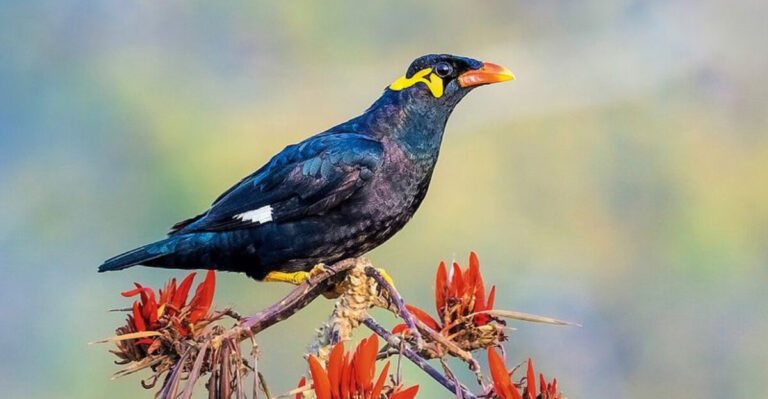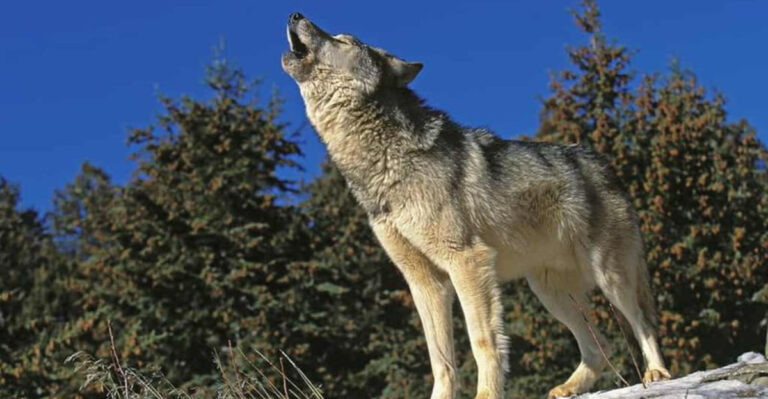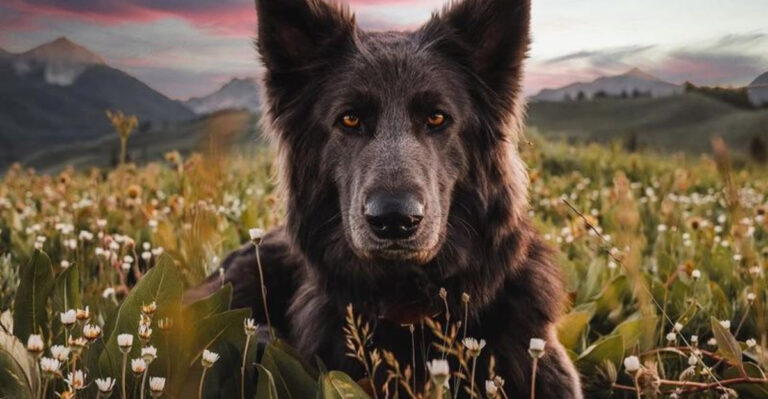Grow Wildflowers To Attract Butterflies (Your Guide To Planting A Meadow)
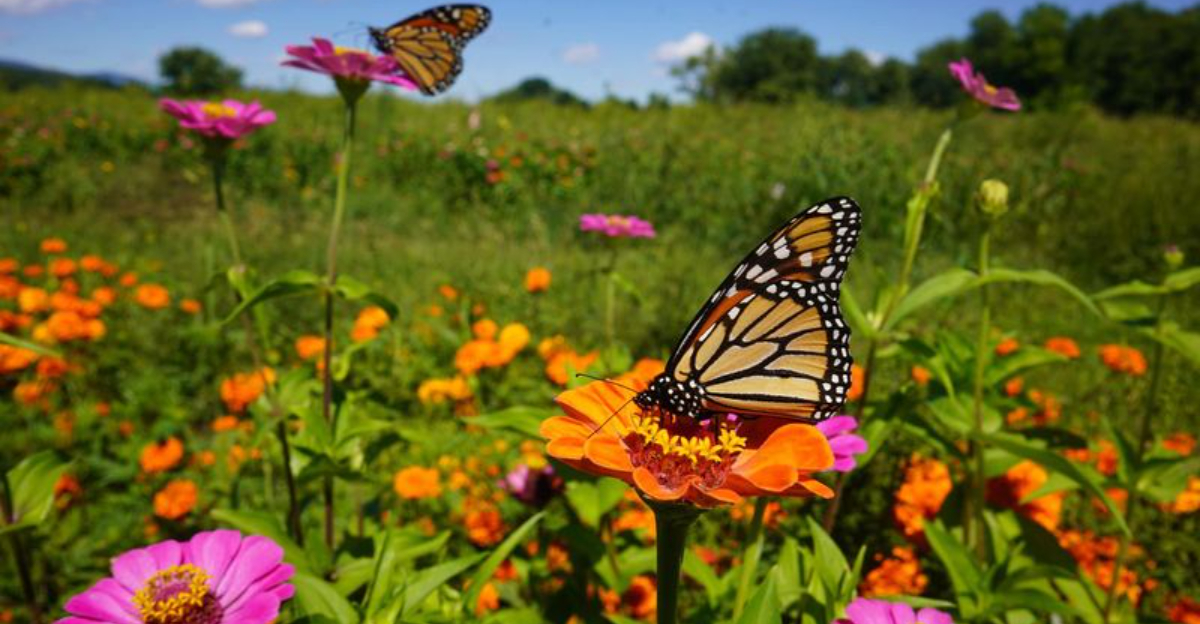
Imagine stepping into your backyard and being greeted by a kaleidoscope of butterflies dancing among vibrant wildflowers.
Creating a wildflower meadow isn’t just beautiful—it’s a powerful way to support declining butterfly populations while adding natural beauty to your landscape. Whether you have a small corner or a large field to transform, these tips will help you create a thriving butterfly haven right at home.
1. Why Grow Wildflowers For Butterflies?

Wildflower meadows create crucial habitats for butterflies facing habitat loss in our increasingly developed world. These natural spaces provide everything butterflies need—food, shelter, and places to lay eggs.
Native wildflowers evolved alongside local butterfly species, making them perfect partners. Plus, wildflower meadows require less maintenance than traditional lawns and reduce the need for mowing, watering, and chemical treatments.
2. Choosing The Right Wildflowers For Your Region

Native plants are your meadow’s foundation. Black-eyed Susans thrive in eastern regions, while California poppies flourish out west. Research your local ecosystem through native plant societies or extension offices.
Consider your specific growing conditions—sun exposure, soil type, and moisture levels. Some butterflies, like Monarchs, need specific plants (milkweed) for their caterpillars, while others are more flexible.
3. Understanding Butterfly-Friendly Habitats

Butterflies seek more than just flowers—they need complete ecosystems. Adult butterflies drink nectar from blossoms, while caterpillars munch on specific host plants like milkweed, dill, and violets.
Rocks provide basking spots where butterflies warm their wings. Shallow puddles or damp sand create “puddling” areas where males gather minerals. Shrubs and tall grasses offer windbreaks and nighttime shelter from predators.
4. Planning Your Wildflower Meadow
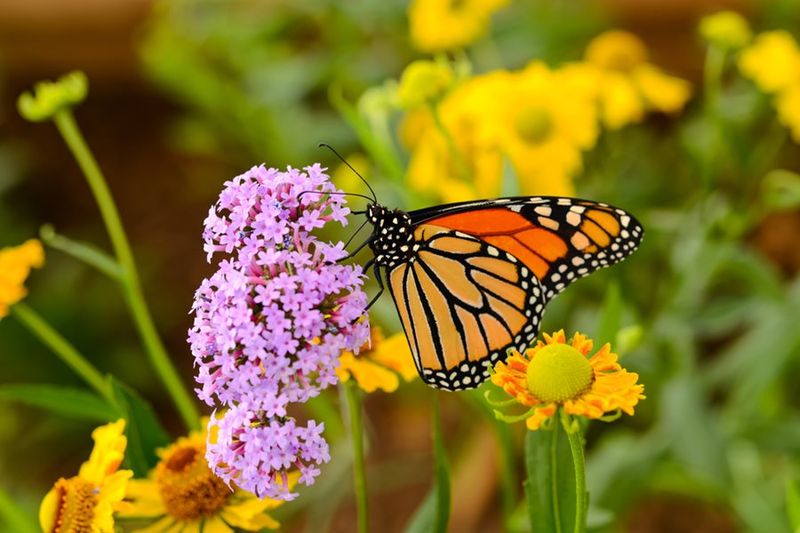
Size doesn’t matter—even container gardens attract butterflies! For maximum impact, aim for at least 100 square feet if possible. Choose sunny spots receiving 6+ hours of direct sunlight daily.
Sketch your design considering plant heights, bloom times, and colors. Plan for continuous flowering from spring through fall. Create clusters of the same flower species rather than scattering individual plants throughout the space.
5. Preparing The Soil For Planting
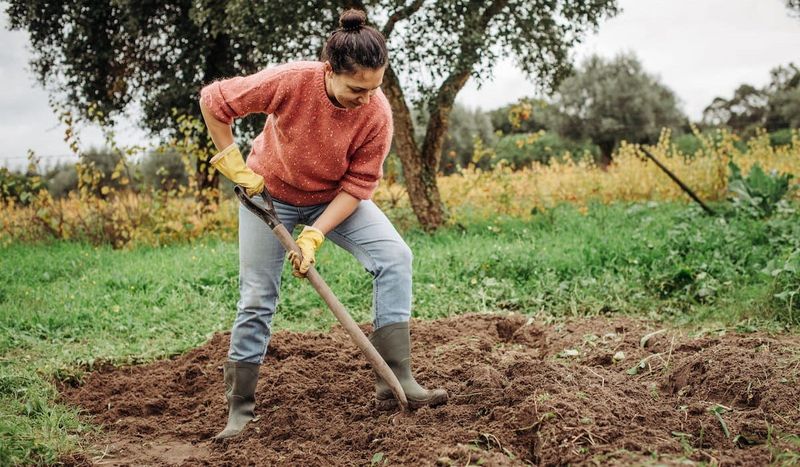
Most wildflowers prefer lean soil with good drainage—not rich garden soil! Start by removing existing vegetation through solarization (covering with plastic) or careful herbicide use following package directions.
Loosen soil to about 1-inch depth using a rake or tiller. For heavy clay, mix in some sand to improve drainage. Avoid adding fertilizer or compost which can encourage aggressive weeds that outcompete your wildflowers.
6. Best Methods For Planting Wildflowers
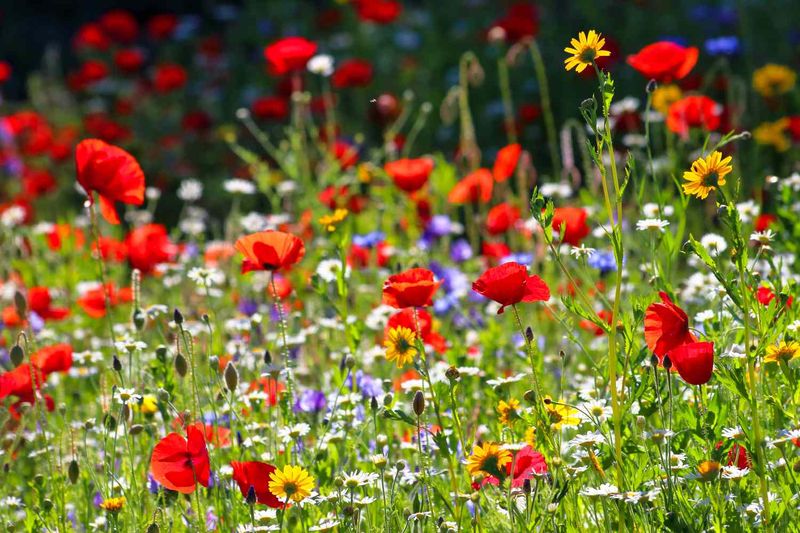
Fall or early spring planting works best in most regions. Mix tiny wildflower seeds with sand (4:1 ratio) to improve visibility and ensure even distribution. Broadcast seeds by hand, walking in a grid pattern.
Lightly press seeds into soil—don’t bury them! Many wildflower seeds need light to germinate. A lawn roller or simply walking over the area provides enough contact. Water gently using a fine mist to avoid washing seeds away.
7. Caring For Your Wildflower Meadow
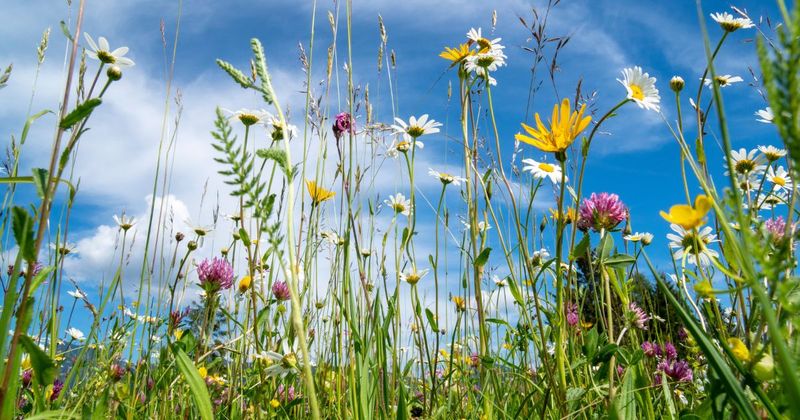
Patience is key—native meadows develop over years, not months. During establishment, water only during severe drought. Pull aggressive weeds before they set seed, focusing on non-natives.
Mow your meadow once annually in late fall or early spring to 6-8 inches height. Remove clippings to prevent soil enrichment. Avoid disturbing areas where butterflies might be overwintering as eggs, chrysalises, or adults.
8. Butterflies You Can Attract With Wildflowers
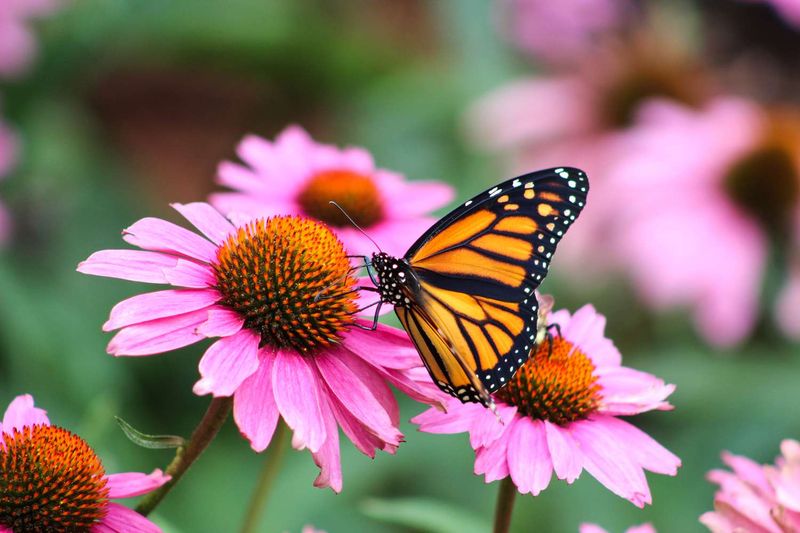
Monarchs arrive when milkweed flourishes. Swallowtails flock to dill, fennel and Queen Anne’s lace. Painted Ladies prefer thistles and mallows.
Eastern regions attract Pearl Crescents with asters, while Western gardens host Painted Ladies on sunflowers. Fritillaries seek violets for egg-laying. Each butterfly species has particular plant preferences—research local varieties and their favorites.
9. Companion Plants That Support Butterflies

Flowering herbs like lavender, thyme, and oregano provide nectar while serving your kitchen. Shrubs including viburnums and buttonbush offer landing spots and protection from wind.
Native grasses provide winter shelter for chrysalises. Trees like oak and willow host hundreds of caterpillar species. Water-loving plants around pond edges attract moisture-seeking butterflies. Remember—diversity creates resilience in your butterfly ecosystem!
10. Avoiding Harmful Chemicals In Your Garden

Even organic pesticides kill butterflies! One spray can eliminate an entire generation. Instead, embrace nature’s balance—predatory insects like ladybugs control pests naturally.
Hand-pick larger pests like hornworms. Use physical barriers like row covers during vulnerable growth stages. Accept some plant damage as part of a healthy ecosystem. Remember: caterpillars need to eat leaves—that’s their job!
11. Creating A Year-Round Butterfly Haven
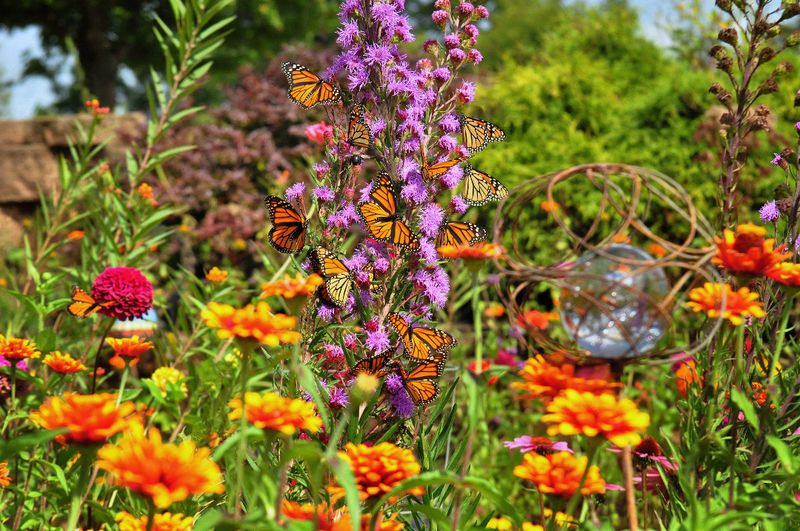
Spring bloomers like columbine and phlox welcome early butterflies. Summer brings coneflowers, bee balm, and milkweed at peak butterfly season. Fall asters and goldenrod fuel migration.
Leave seed heads standing through winter—they provide food for birds and shelter for overwintering butterfly eggs. Evergreen shrubs offer windbreaks during harsh weather. Fallen leaves harbor chrysalises, so don’t over-clean your garden beds.
12. Wildflower Meadows And Other Pollinators
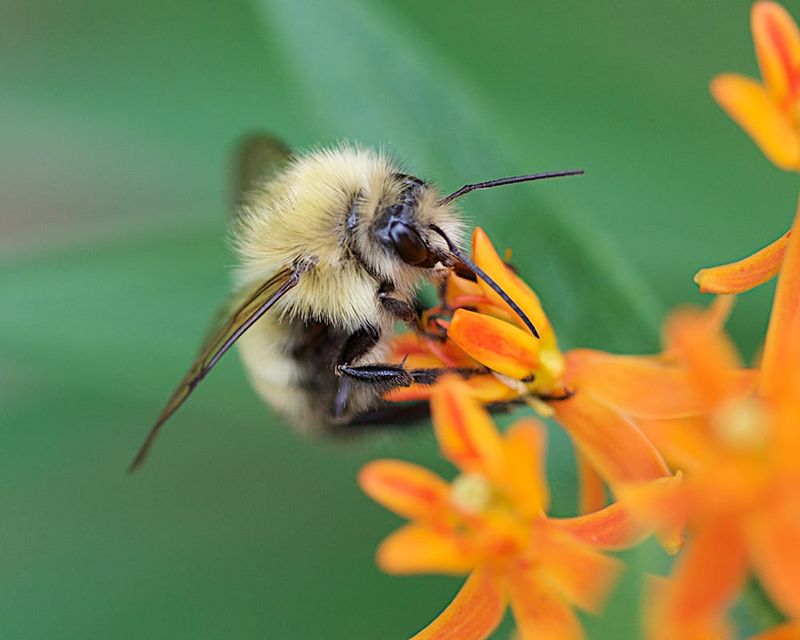
Your butterfly paradise doubles as a bee sanctuary! Native bees—often overlooked but crucial pollinators—nest in bare soil patches and hollow stems. Hummingbirds dart between tubular flowers like cardinal flower and bee balm.
Moths, often forgotten nighttime pollinators, appreciate evening-scented flowers like evening primrose. Beneficial wasps control garden pests while enjoying flat-topped flowers. This interconnected community strengthens your entire garden ecosystem.
13. Enjoying And Observing Butterflies In Your Meadow

Morning brings butterfly activity as they warm in the sun. Create seating areas near favorite nectar sources for front-row viewing. Binoculars help spot details like proboscis feeding and egg-laying behaviors.
Photograph butterflies during calm mornings when they’re less active. Keep a field guide handy to identify species. Consider joining community science projects like butterfly counts—your observations contribute valuable data to conservation efforts!


